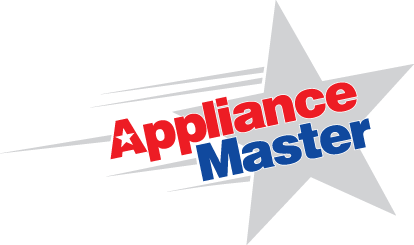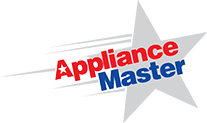Here are some eco-friendly tips for your washing machine ….

Tip 1.
Are you sure your clothes are dirty?
- Consider wearing items more than once. If you don’t have a stain and you weren’t perspiring, you might be able to wear it once more before washing. The wash cycle removes fibers and dyes eventually causing pilling and fading.
Tip 2.
Are your clothes too dirty?
- Mud-caked jeans, muddy soccer cleats, and grease-stained work clothes won’t get fully clean in a regular washing machine. Rinse the mud off and pre-soak greasy clothes prior to washing for best results.
Tip 3.
How much detergent are you using?
- Use the least amount of detergent to get the job done. Too much detergent can leave a residue in your machine and excess suds can lead to drainage problems.
Tip 4.
What kind of detergent are you using?
- Front loaders need high efficiency low-sudsing detergents.
- Consider an eco-friendly detergent – both packaging and ingredients have an impact on the environment.
Tip 5.
How’s your water?
- Using cold water can reduce the energy used in your wash by up to 40%, while heating the water takes up 80% of the energy used during a wash.
- Choose a high efficiency washer. It can save you more than 6,000 gallons of water each year.
Tip 6.
Load it right:
- Use the right setting for the load size. Nearly 22% of indoor home water use comes from doing laundry.
- Don’t overload the machine. It will wear out more quickly.
- If you don’t already have one, consider a front load washer when buying new. They are generally more efficient, since they’re designed to use less water.
Fun Fact…
In 1874 in Indiana, William Blackstone built a novelty clothes washer for his wife’s birthday. In a wooden tub, you hung clothes on small pegs and then a crank let you swish the clothes in the soapy water. It was a neighborhood sensation and Blackstone began making and selling the machines for $2.50.
Watch our Appliance Master Live Episode where Bill investigates a noise coming from a washing machine and see what he found.








Add comment